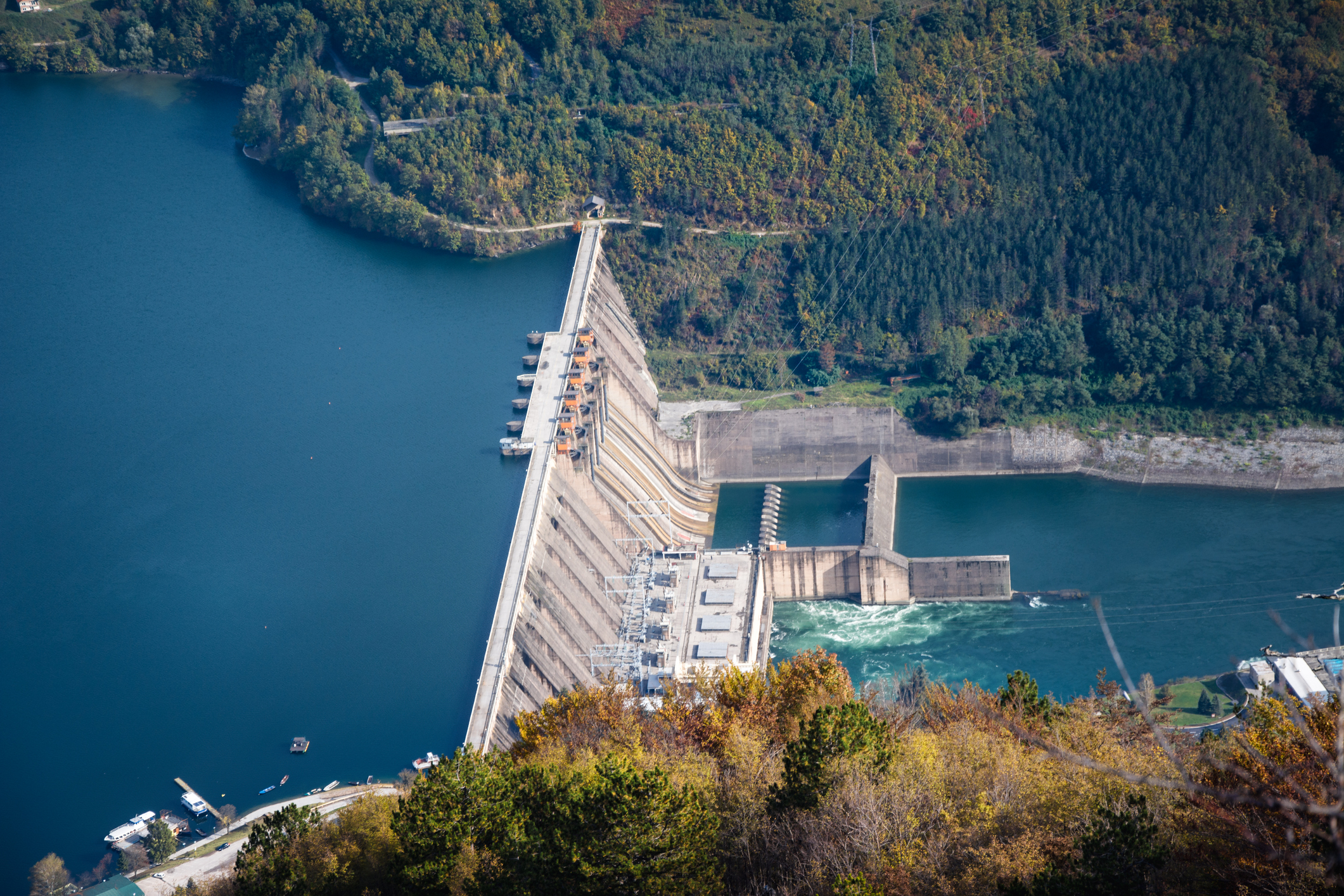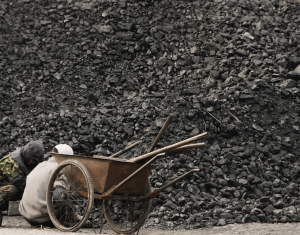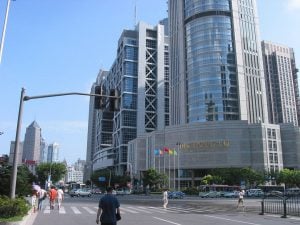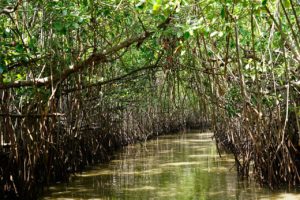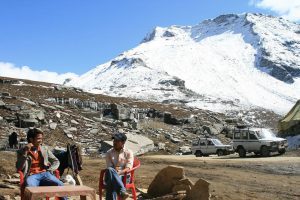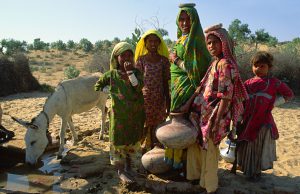China’s ambitious Belt and Road Initiative (BRI) kicked off with a major summit last year, but despite the hype this has not led to a major increase in Chinese development finance in 2017.
Nevertheless, China’s development banks appear to be pivoting towards BRI countries over others (when it comes to lending), and also appear to be focusing more on power generation rather than upstream energy activities.
Despite arguments to the contrary, finance for development is sorely needed across the world, especially in infrastructure and energy. However, the mix of countries and sectors that Chinese development banks appear to be focused on bring risks along with the reward.
China’s two global policy banks, the Chinese Development Bank and the Export-Import Bank of China, provided approximately US$25.6 billion (162 billion yuan) in financing to foreign governments in the energy sector in 2017; reaching US$225.8 billion (1.4 trillion yuan) since 2000.
The 2017 figure is about half of the 2016 total of US$47.3 billion (300 billion yuan), but close to the average amount of foreign lending in energy since China announced the BRI in 2013.
These estimates are from the newly released China Global Energy Database that we publish annually at Boston University’s Global Development Policy Center, where the data is freely accessible and can be explored.
According to our estimates, while the total US dollar amount of loans decreased from 2016, the number of countries and the number of projects (receiving finance from China) actually increased over that year. China’s development banks also seem to be “powering up” by shifting towards power generation from resource extraction over the past year.
In 2016, 46% of China’s total policy lending in energy went into extraction and only 10% in power generation. In 2017, 58% went to power generation and 28% towards extraction.
The majority of the power plant investments were hydroelectric and coal-fired. In fact, at US$7.7 billion (48.7 billion yuan), 2017 was the second largest year on record for Chinese overseas hydro finance.
2017 was the 2nd largest year on record for Chinese overseas hydro finance
China provided finance for seven hydroelectric power plants in Nigeria, Pakistan, Peru, Papua New Guinea, Uzbekistan, Cameroon, and Laos. In terms of coal-fired power plants, this year’s total includes two in Pakistan, as well as the Medupi plant in South Africa.
We also find that Chinese development finance in energy became more concentrated in BRI countries in 2017. Between 2013 when the BRI was announced and 2016, roughly 46.5% of all overseas energy loans went to BRI countries, for 2017 we saw an increase to 55.9%.
While the Western-backed development finance institutions recognise the need for significant investments in infrastructure and energy to address glaring gaps and the Sustainable Development Goals, there are signals that increases in financing will not be forthcoming. Even if the leadership did prioritise increasing development finance, in the case of the United States, its Congress would likely block any such movement.
China should thus be applauded for stepping in to provide additional development finance in infrastructure and energy. That said, if not properly identified and mitigated, significant risks inherent to the geography and composition of China’s development finance may undermine the interests of China and host countries alike.
China should be applauded for stepping in to provide additional development finance
Many of the countries that China financed in 2017 already have a fairly high debt-to-GDP ratio, such as Pakistan, Laos, and Jordan. While long-term external debt for infrastructure from development institutions is far less worrisome than short-term debt from private entities, China and host countries alike will need to better assess the host countries’ debt sustainability where public borrowing is concerned.
Large projects in hydroelectric and coal-fired power tend to trigger social unrest that can cause costly delays and tarnish the reputations of China’s banks.
Myanmar suspended movement on the Myitsone Dam project after affected communities mounted major protests arguing that it would destroy fish stocks downstream and displace thousands of villagers. The project continues to be a source of controversy in Myanmar. Not having strong risk identification and mitigation strategies has been costly for China. The dam’s developer, China’s State Power Investment Corporation, has spent US$800 million (5 billion yuan) on the project, a sum that may not be recovered.
In 2016, work on two US$2.4-billion (15.2 billion yuan) coal power plants in Bangladesh backed by Chinese development finance were also suspended after demonstrators were killed in clashes with the police.
On the ground, these types of projects can be perceived as accentuating social inequities and increasing pollution, in a manner that hurts human wealth and the global climate. On the balance sheets of Chinese development banks, these types of projects could increasingly create liability and might even become “stranded assets” that pose real problems for the banks themselves.
China is emerging as a leader in global development finance. In order for such financing to fully become "win-win" for all parties involved, China would do well to develop traditional risk identification and mitigation tools, as well as Environmental and Social Risk Management frameworks. Such an approach would not only help recipient countries realise their Sustainable Development Goals and commitments to the Paris Climate Agreement, but would also help Chinese banks improve profitability, allowing them to increase finance available to achieve these goals.
For chinadialogue's video on how Chinese energy finance is impacting the Global South, please follow this link.
